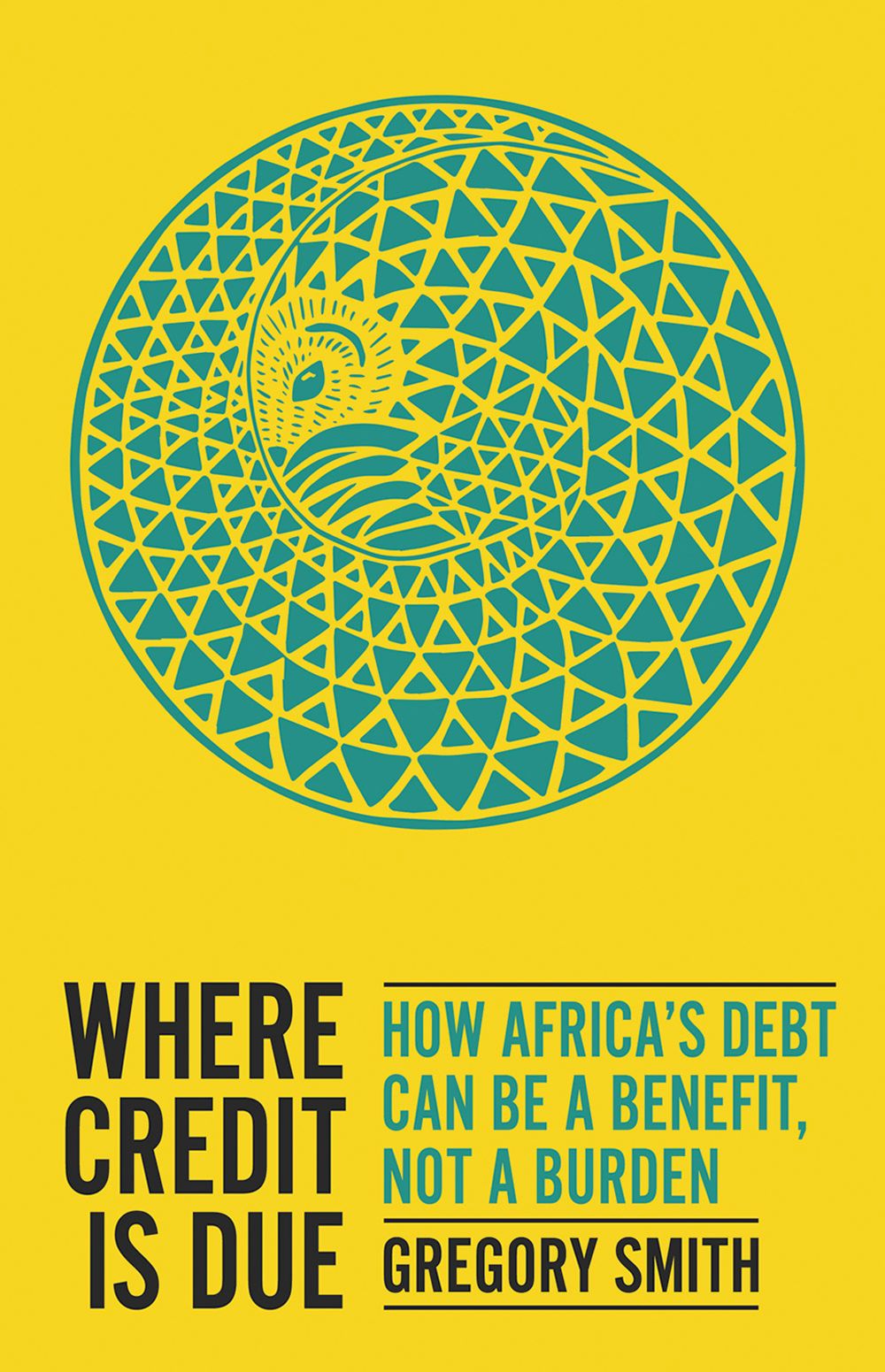Where Credit Is Due: How Africa’s Debt Can Be a Benefit, Not a Burden
Gregory Smith
Hurst Publishers, London, UK, 2021, 240 pp., $34.95

Many African countries need to lift investment and living standards but have low domestic revenue and high public debt. The pandemic has exacerbated this challenge, with a further increase in debt-to-GDP ratios that poses both near-term issues and the question of how Africa should best use debt to achieve its long-term potential.
Economist Gregory Smith’s new book outlines an approach he calls “borrowing with purpose” that involves linking public borrowing with clear development strategies, better coordination among official creditors, more responsible and “virtuous” actions by private creditors, and flexibility by the “umpires and architects” of the international system.
Smith provides a wealth of information on Africa’s public debt landscape, problems associated with high debt, and proposals for avoiding—or resolving—debt crises and gaining the most from debt while minimizing risks. “Country stories” in each chapter discuss the situations of particular African countries.
Africa’s debt has risen since 2010 after significant reductions through the Heavily Indebted Poor Country and the Multilateral Debt Relief initiatives as well as workouts with official and private creditors. This recent debt is less concessional and more commercial than before and involves diverse lenders, including China, Africa’s regional institutions, and others. In addition to raising commercial bank loans, countries increasingly are able to access global financial markets and issue Eurobonds, which help finance their budgets in the face of declining foreign aid and provide a signal for attracting other capital flows, but also carry new risks.
Smith devotes a chapter to China’s lending to Africa, shedding light on the scale, terms, nature, purposes, and risks of this lending and discusses China’s debt relief to African countries over the decades.
The international community’s debt relief to Africa during the debt crises of the 1980s and 1990s was insufficient, Smith argues, partly because of gaps in understanding how much debt is too much. He criticizes the adjustment programs supported by multilateral institutions during this period but does not develop the idea fully. Looking ahead, the main message is to aim for an “evolution, not a revolution” of the international system for debt workouts, as the G20 Common Framework and other efforts try to do.
Borrowers, creditors, savers, and the umpires and architects of the international system should take action toward “better borrowing,” which would help countries’ development while minimizing crisis risks. Smith says to borrow prudently, use debt for productive investment, conduct active debt management, increase debt transparency, deepen domestic markets, and provide more flexible external financing—recommendations that will resonate with readers, who might also have appreciated insights on how to achieve them.
The book’s commonsense approach and engaging style draw in the reader who, nonetheless, might benefit from operational definitions of such terms as “calmer” capital, “smarter” investment, and policies that are “fine.” Some IMF readers may flinch at the use of “bailouts” to refer to Fund programs. But these are details.
Overall, the book is a valuable addition to the literature and well worth reading for those interested in African debt issues.
Opinions expressed in articles and other materials are those of the authors; they do not necessarily reflect IMF policy.









